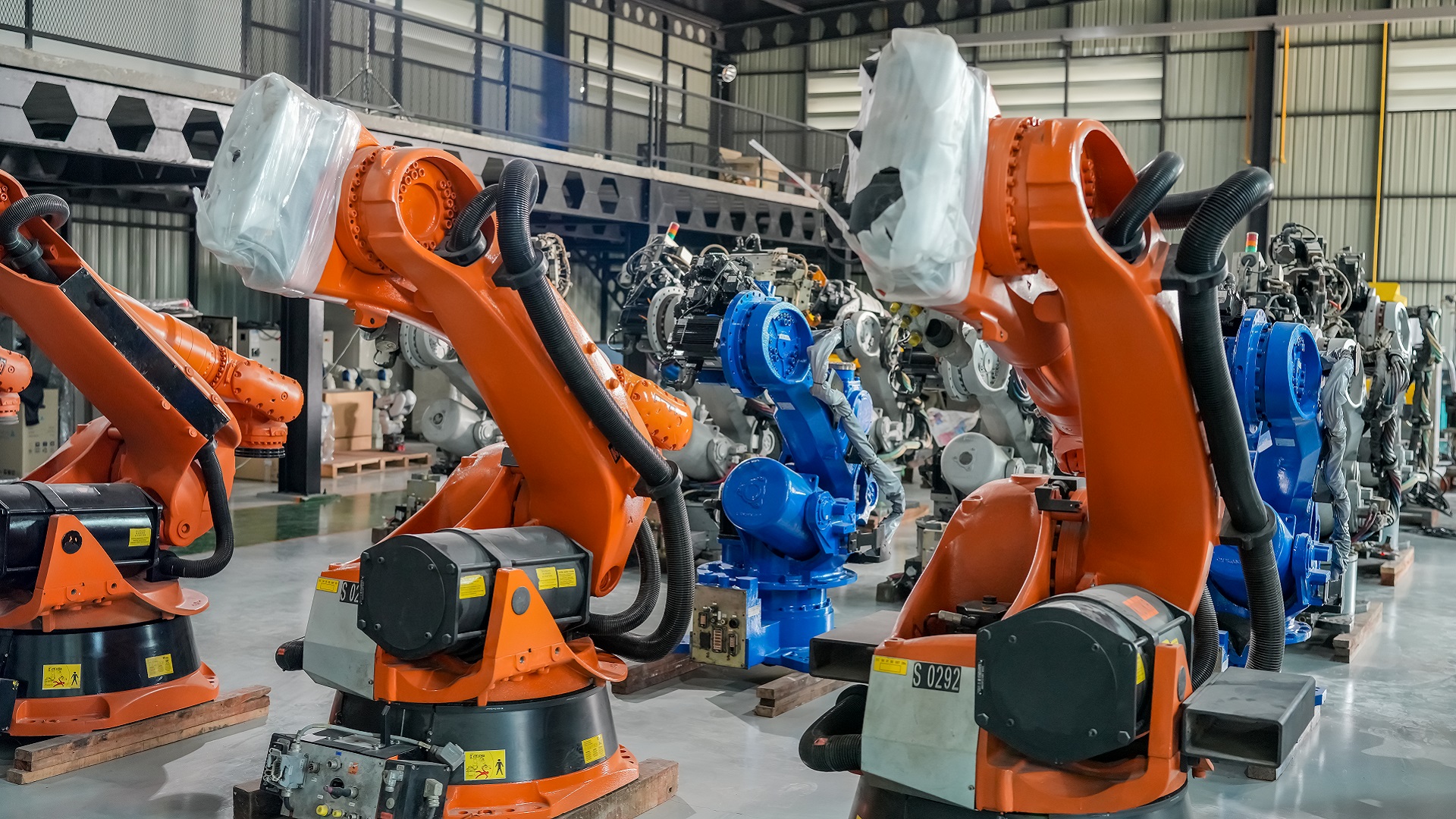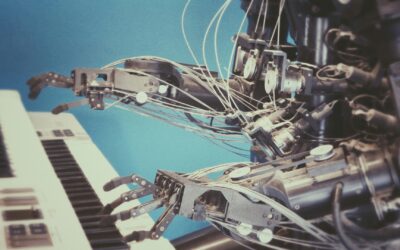Pre-engineered robotic cells or systems have been around for as long as robots themselves. Many savvy integrators in the early days of industrial robotics recognized the benefit of using one system design as a building block for future systems. Thus, the concept of pre-engineered systems was born.
These systems are based on a previous existing design and modified for the current system specification. With the increase in the number of these designs, systems that are pre-engineered, pre-assembled and shipped ready-to-work are available for many applications.
One example would include welding cells that are based on part size or weight or type of positioner or production capacity. They can be built on a common base with programs already loaded, employing menus for the customer to quickly generate the required motion programs. Installation and setup consists of placing it on the floor, anchoring it and connecting power. These systems are mature products for a variety of manufacturers, so selecting one requires referencing the manufacturer’s specifications to match your requirements.
Read more here.
Control Design covers the implementation of automation components and systems in equipment built for manufacturing and industrial processing. Machine builders and system integrators use industrial controls and associated instrumentation and infrastructure to automate the manipulation of physical objects into higher-value assemblies and configurations as well as the processing of raw materials into substances of greater value.




